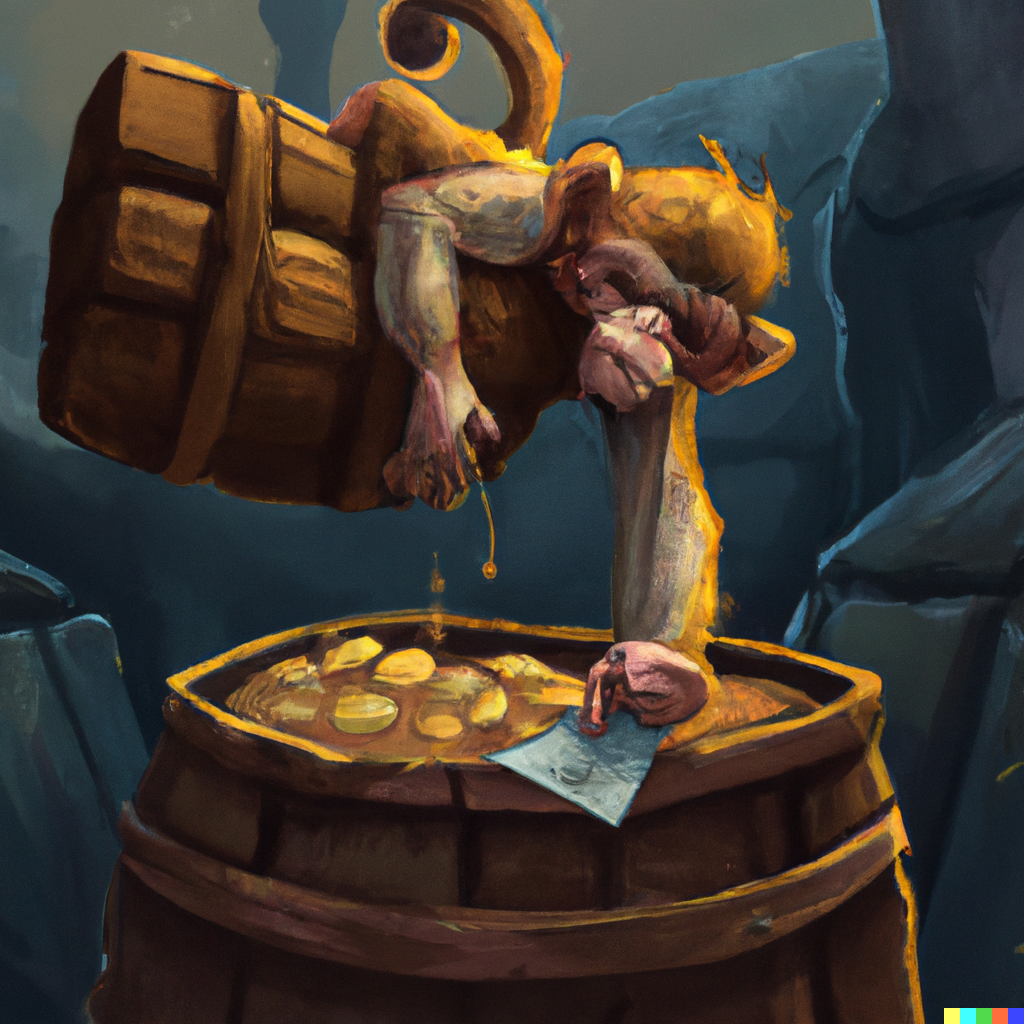3 Reasons You’re Ready To Invest In Stocks (Aug 2022)

So, should I buy stocks now or not?
Ok first, if you have no savings – don’t do it.

If you’re looking to analyse and put in some reasonable effort to thinking about markets and the world, then yes go ahead – but if you’re looking to gamble and make quick bucks without thinking then stay away. And in fact, this applies generally to the entire financial market.
Second, if you’re looking to just invest in tech stocks blindly it’s a no; but if you’re open to all sectors then there are opportunities out there. The reason is, tech stocks have been propped up on low rates and cheap credit, so now that rates are rising – the easy money has dried up. And because of the current global uncertainty – just depending on projections of expansion are not very desirable.
Third, you would have to look beyond reporting data to get a sense of the real economy. This involves the market players, different demographics, domestic issues, and geopolitics.
If you’re prepared to go through these three things, then it’s more likely that you can find market opportunities. I’ll expand on the rationale and how things might look when you do this.
Why Stocks and Not Options (or Bonds)?

Bonds are not what most people are looking for because you should leave that to your long-term savings portfolio. Think retirement-based time-horizons of 50 years. Because they’re risk-free, which is practically guaranteed, it’s closer to a savings account than something to actively manipulate. If you’re thinking of corporate bonds – well, you’re not sophisticated enough (probably) for that.
Options always sound popular but this is how many go bankrupt. First there’s time decay so you’ll get wrecked if you can’t monitor your position to an almost full-time degree. Second, it’s a complex derivative which makes it even less likely you actually will understand your position, much less the math behind it. And last, the use of leverage demands emotional discipline, so if it all goes to zero you are likely to make very, very bad decisions soon after.
So on to equities, in general, for the best compromise where you can get some exposure to market movements – where if you’re somewhat smart maybe things will work out. But, you also don’t need to monitor things so intensely otherwise you would already be a professional. And, your downside is (maybe) more limited because you actually have the asset of the stock – instead of a highly leveraged, volatile, and complicated derivative.
You’re Open To Different Sectors, Not Just Tech
On to the second point: which is you’re not just focusing on tech.
First a caveat: Yeah, so interest rates are rising and so equities as a whole have had a downturn. But we’re not talking about the market broadly right now, we’re talking about specific opportunities. Otherwise, we are just going for a passive strategy which then just goes back to DCA-ing with whatever retirement fund you have.
Don’t go into tech right now unless they are just to hold on to for a long time. The commodities and energy sectors might be good around a general upswing in uncertainty, but they have also already lifted on recognition of that. Unless somehow there is even more uncertainty predicted in the future than the current levels we’re seeing.

If we’re talking about buying something at their fair value or being long term – then we’re back to the first point about your savings portfolio. Dollar cost average into your long-term account, sure, but we’re not talking about your long-term account here – so don’t shift the goalposts of what is acceptable.
Maybe there’s something in the renewables and other discretionary consumer stocks which are hit badly. Otherwise, there might also be an opportunity to sift through tech stocks that have been unfairly hit because of being lumped in. Perhaps Healthcare and Fintech can be sifted from general tech?
The conclusion is: if you are prepared to put some work, then do it. If your profile has some appetite for risk, then yes. If you can work in some analysis, then yes.
The Real Economy Has Yet To Recover
The third condition is to unravel what actually causes the metrics to move.
We talk about interest rates as a current way to combat inflation. But we also want to focus on real growth, unemployment, and inflation – which are all really about whether the economy can get going or not. And right now, things that underpin the number you see on articles are all over the place. Real growth is somewhat down. Unemployment is mysteriously high. Inflation is still rising because of the supply chain issues and (some) pent-up demand.
Behind any talk about rates is really an analysis of the real world. The world influences these metrics, not the other way round.

For example, the typical argument you’ve heard, is that rates would come down if inflation subsided. But how can inflation subside? Maybe the war recovers, China gets back up and supply issues are resolved, or American demand picks up with covid resolved and hiring picks up.
A good intuitive axiom is that if people are talking about how the current state of affairs will go on forever, it’s even more likely that all of a sudden things will flip.
What does this mean? Things are not going to stay the way they have been this year. This leads us to focus on how a recovery will happen – not even if a recovery will occur.
What sectors specifically then?

And if you are still keen to invest and can get over these mental blocks, then what? Well, we look at what the real factors are that are moving the world.
So the first is, when and how would supply issues subside? Maybe China’s recovery might get started and the covid-zero policy would lift. This would be a two-for-one deal to look out for so we figure out when, if at all, the policy would lift.
So then we could dive into a political analysis of what Xi Jinping needs to get done and what his options are. Will the domestic economy recover under him? Or is he still under threat? What is the main driver and actor now: is it top-down policy that is causing slowdowns in the economy, or is it the real economy that is slowing forcing him to be draconian?
The second is if the war stabilises or finds an unlikely conclusion. In fact, we don’t want to wait for the war to end, we want to have reasonable predictions of the war ending. And even then, that might be too late to call it. What we really want is to predict when things can stabilise. We don’t want to wait for things to actually already have stabilised either!
So what is the true impetus for war from the Russian side and will it continue? Will NATOs expansion foment more conflict or intimidate the Russian’s down? Where will spending and resources in Europe go to now – and how much is each country really supporting the war effort? Then it goes deeper: what are the incentives for each European state and which sectors stand to gain?
We can also talk about America: like if consumer demand will lift back up and more people get back to applying for jobs. If that happens, then the Fed will have less reason to raise rates and the macro-environment would be helpful for equities again.
This leads to figuring out where spending is coming from and what is shaping consumer confidence. Who are these Americans, what are their priorities, and who is really spending the money? Beyond that, what sort of jobs are actually demanding labour right now – and are they even worth it for people to work at? There’s a big difference between more service workers working retail jobs and full-time positions in offices.
Quick Recap
So the steps to move on from here are: One, understand how macro-indicators affect equities and everything else. Two, inspect the underlying decision making behind these indicators – like what the Fed is thinking and how domestic politics shape decisions. Third, identify interesting sectors that will be affected by these decision, basically by extrapolating your projections and modelling what happens.

Conclusion
Ok so this was a look at how to approach equity analysis, and what the current environment demands we look at. The first two points are internal biases to get out of the way, and the last point is an analytical lens to adopt.
Next time I’d like to get into how macro and geopolitical factors are moving to affect markets, and eventually some interesting movements we can profit off.